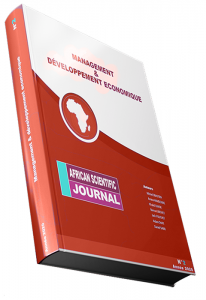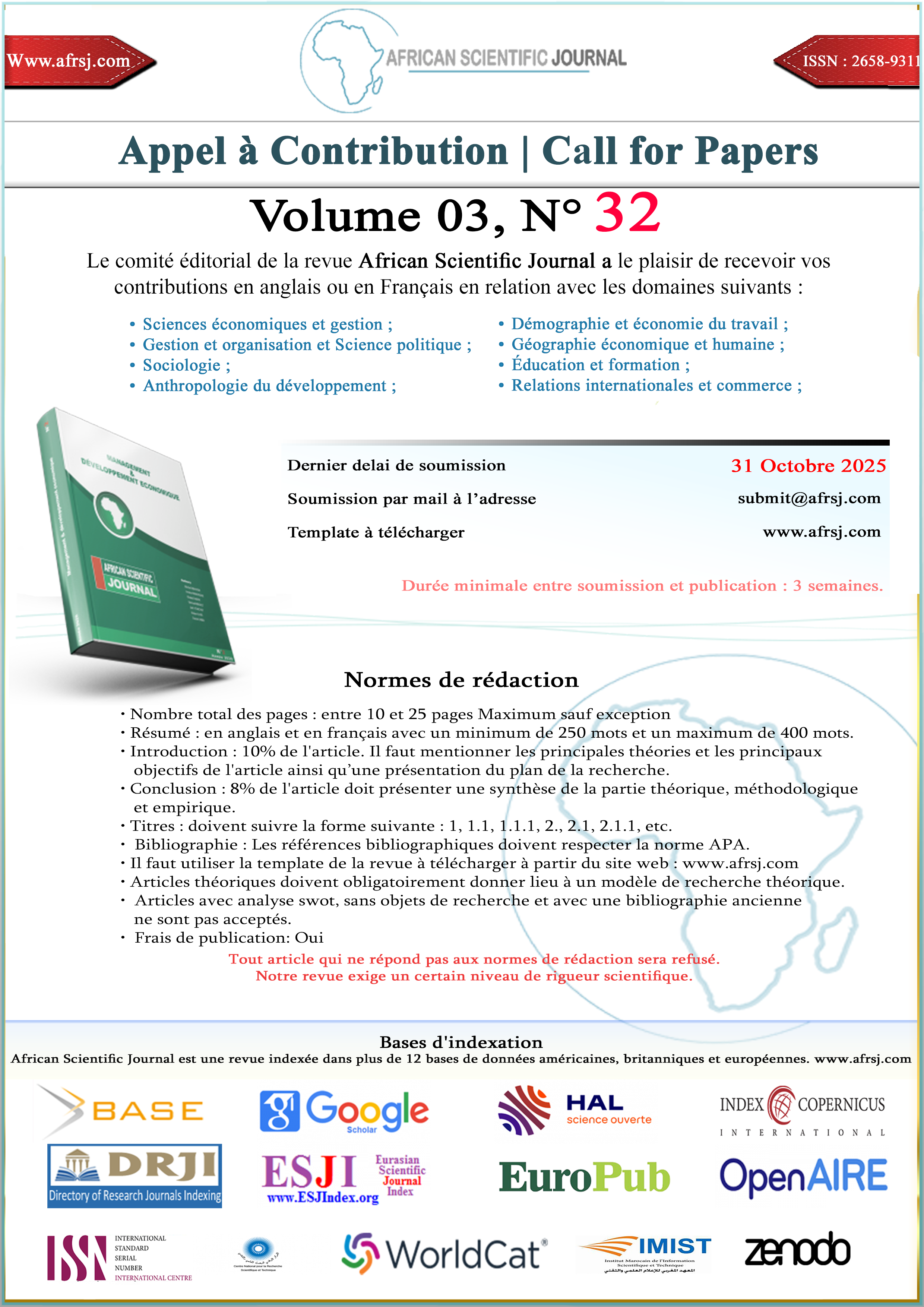Growth of Monetary Aggregates and Inflation in Morocco: Causality Analysis by the Rolling Band Procedure
DOI:
https://doi.org/10.5281/zenodo.6873992Keywords:
Monetary aggregates, Inflation, Rolling Band, Granger causality, MoroccoAbstract
This paper evaluates the causal relationship between the growth of monetary aggregates and inflation in Morocco. Using the Granger causality test, examined the causal link over different monetary targeting periods. Furthermore, we apply a rolling window procedure on monthly data over the period from 1985 to 2020 to check the robustness of our results. The results for the full study period and the monetary targeting sub-periods show no evidence of a causal link between monetary aggregates growth and inflation. However, the rolling window procedure reveals a significant causality during various periods of the study. The results also indicate narrower definitions of money (M1 and M2) are more linked to prices than the broader definition (M3). For the narrower definitions of money, results from the 5 and 10 rolling window procedure show that, barring few exceptions, the growth of M1 and M2 caused inflation starting from 2007 for the former year window and 2003 for later. The causal link is more robust and covers longer periods for windows of 15 and 20 years. For the broad definition of money, the causal link is less robust and is only verified between 1999 and 2008 for the 10 years window and between 1999 and 2008 for the 20-year window. Our results reveal that the growth of the narrow money supply is still a determining factor in the conduct of monetary policy in Morocco. Thus, achieving the price stability objective requires taking the growth of the money supply into account.
Downloads
Published
How to Cite
Issue
Section
License
Copyright (c) 2022 African Scientific Journal

This work is licensed under a Creative Commons Attribution-NonCommercial-NoDerivatives 4.0 International License.





















